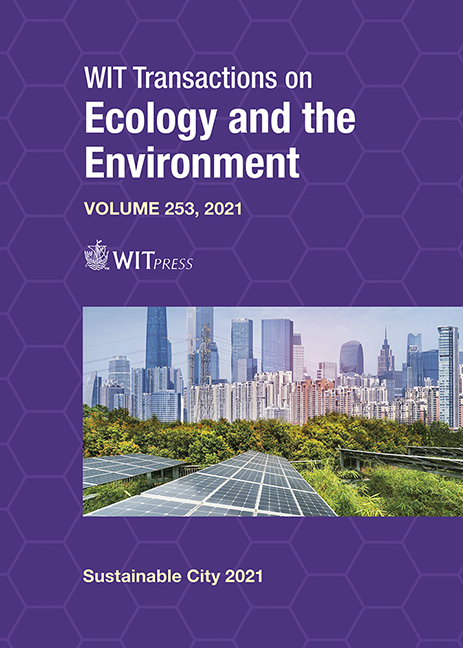POTENTIAL OF THE PUBLIC SPACE TO PROMOTE ENVIRONMENTAL BEHAVIOR
Price
Free (open access)
Transaction
Volume
253
Pages
15
Page Range
293 - 307
Published
2021
Size
407 kb
Paper DOI
10.2495/SC210251
Copyright
Author(s)
MARINA MONTELONGO, UDO DIETRICH
Abstract
It is widely recognized that individual environmental behavior plays an important role in curving climate change but it remains unclear how it could be promoted. This paper studies the potential of the public space enabling action. We use an explanatory social mechanism approach to examine what distinctive features of the public space facilitate the implementation of different strategies aimed at overcoming internal and external factors or barriers hindering action and how they do it. A fictitious intervention serves as an example to explain the link between space and action. Our deep and fined- grained analysis points out that accessibility features of the public space and situational featuresfacilitating its use are preconditions for the implementation of all the revised strategies. Visual accessibility facilitates the implementation of social norm-based interventions involving active participation, creating the conditions for other strategies to work, while physical accessibility represents an opportunity to implement availability-based interventions by providing quickly and easy access to the promoted products and services. Situational features refer to the physical characteristics of the space, influencing the nature and scope of the intervention by determining space and infrastructure constraints. Accessibility and possibilities for use lead to multiple forms of social exchange. All the reviewed strategies deal in one way or another with different forms of communication, positioning information as the strategy with the widest range of action. The public space also facilitates civic-based strategies aimed at increasing the participation of citizens on decision-making at administration level. Finally, priming and salience-based strategies can be used to create full lived-in experiences, reinforcing action through sensation and perception processes. The study shows the potentiality of the public space curving climate change towards more sustainable cities and societies through the implementation of a wide range of interventions aimed at making environmental behavior visible and accessible to all.
Keywords
public space, environmental behavior, behavioural change, participation, communication, sustainable cities





